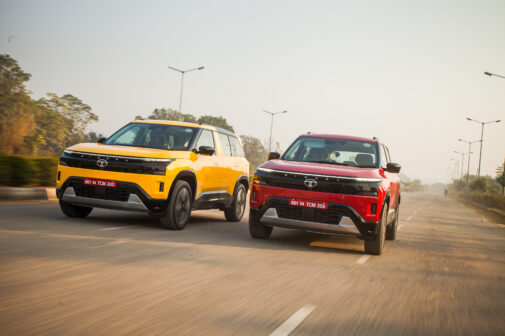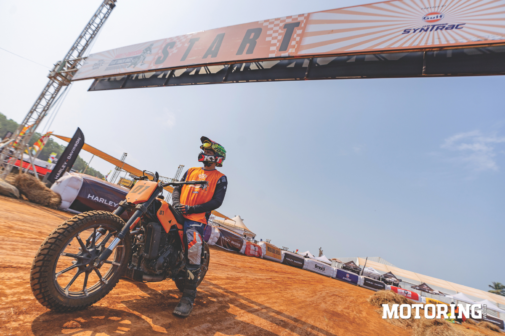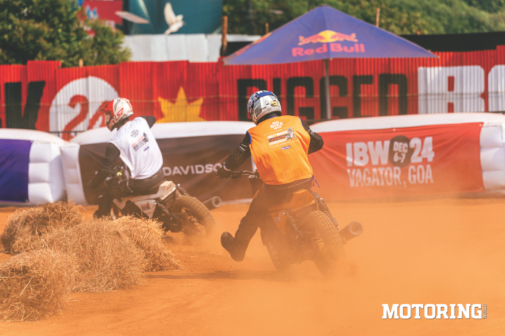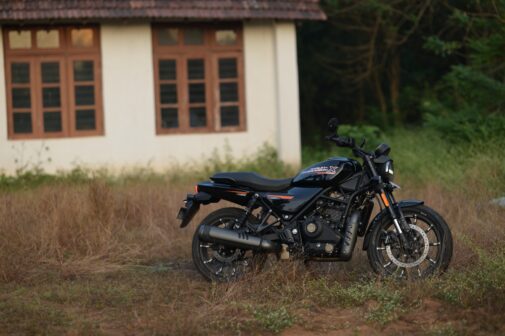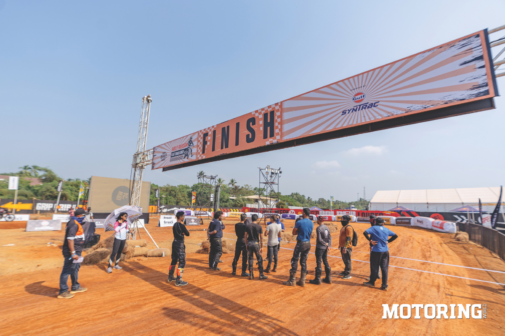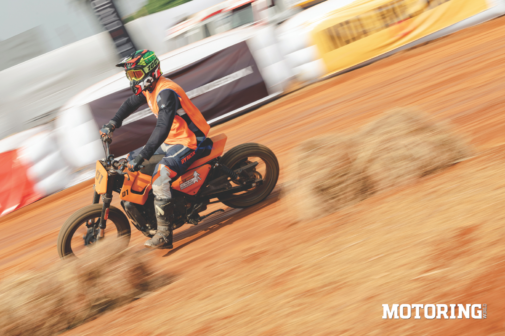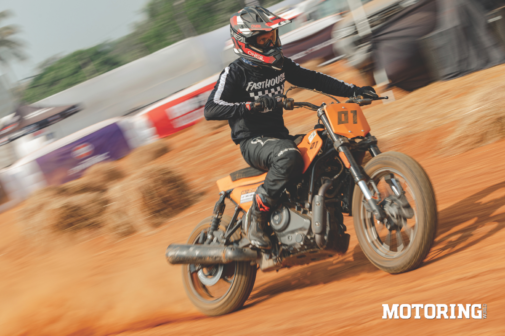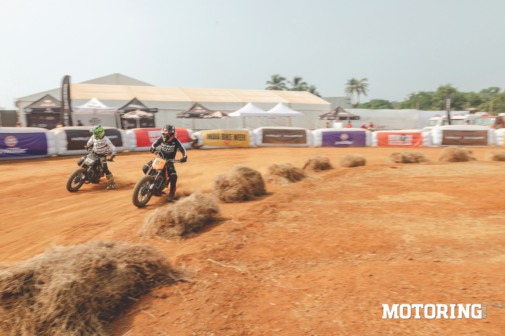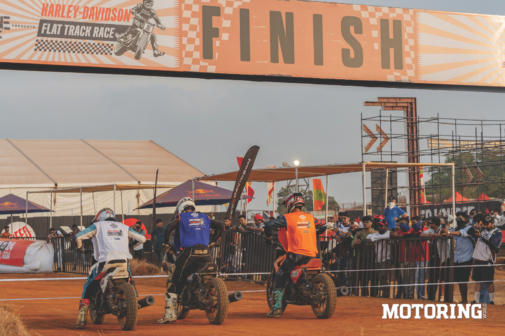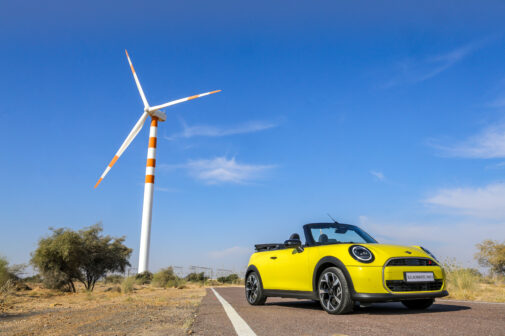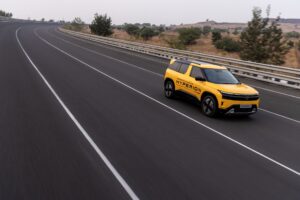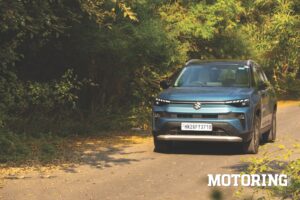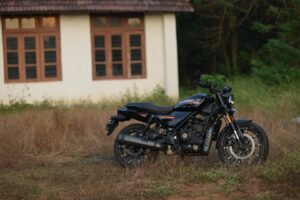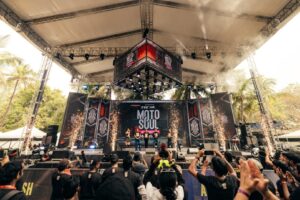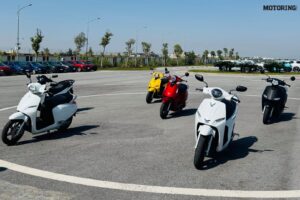Going flat out on straights, slamming the brakes to load up the front, leaning into the corner with the knee slider scraping against the tarmac… unlearning most of this and doing the opposite is quite an ask, isn’t it? Especially if you haven’t had some flat-track sessions for a long time. And signing up straight for a race? I knew I was in for a humbling experience, but was excited nonetheless.
Ever since I saw pictures of the Harley-Davidson Street 750 flat trackers in 2018, I have been waiting for my chance to go slideways with it, and I finally got it… well, almost. Though the one I raced was based on the X440 and not the 750, it was built by the same guys — Rajputana Customs. ‘Isn’t this too petite?’ I wondered. The seat took most of the real estate, running from almost the fuel tank cover all the way to the rear cowl. And that’s it. Strip away the Harley badge on the engine and the side panels, and there’s almost nothing that said that this started its life as an X440.
‘Don’t go for the front brake’ played on loop in my head as I slowly rode to the start line; a minute and a half for practice before we started off with a four-lap race. And the 90-second window was used to ‘get a grip’ on the bike and the track. It didn’t take long to realise that my fitness levels were way off for anything more than four laps. But well, now that I was about to race, all of the cribbing and self-pity had to take a backseat.
‘Keep your eyes on the next corner,’ the inner voice shouted. And as soon as the string at the start line lifted, I was doing what my inner voice commanded and by the third lap I was about to lap him. However, before I could do that the race concluded and I was in the semi-finals. I should have been happy, right? I wasn’t.
The bike was doing what it was supposed to do. It was quick, light and could slide on command. With all the unnecessary weight gone, it was way too light and flickable. The handlebar was also designed for the job — angled perfectly upwards and long enough to not hinder movement when locked to the right. Even the track wasn’t bad, especially considering that it was built under a week’s time and even after one full day of racing, it was almost pristine the next day. Though it was bumpy in parts, it wasn’t concerning.
‘Sit as close to the tank as possible,’ screamed Sunny, the brains and brawns behind this track. I heeded his advice in the next race and boy did it feel super easy to go faster. But now, it was faster than my mind could calculate — shifting between two gears, a gentle tap on the rear brake, carrying the slide and winning the race — it was a bit too much for a sleep-deprived, dehydrated Manaal. If I got the turn right, I would mess up the straight, and if I got enough speed on the straight, I couldn’t have a controlled slide on the next turn.
As you would have guessed by now, I lost the race. Riding back to the pits with a cramped leg, a sore arm and a shattered ego, I realised how demanding a sport this is. I have had experience with flat-track bikes previously, so it hurt even more knowing that I was slower this time on a bigger track with a lighter and quicker machine.
Obviously, the plan is to get fitter and win the race next year, but until then, can we have some flat track schools in other parts of the country to hone our skills, Harley?









